EZE Anti-Aging Devise
EZE Anti-Aging Devise
4.4 / 5.0
(50) 50 total reviews
BLACK FRIDAY: 50% OFF, Free Shipping
- Best Seller in Wrinkle and Ant-Aging.
- 7-Color LED Therapy, Multiple modes, thermal, & vibration to target full-face wrinkles
- Easy-to-Use 5-10 minutes per session
- Portable, Lightweight & Compact design
- A great Gift suitable for any occasion & all type of skins
Couldn't load pickup availability
- 14 days money back Guarantee
- 10 days free returns
- FREE standard shipping
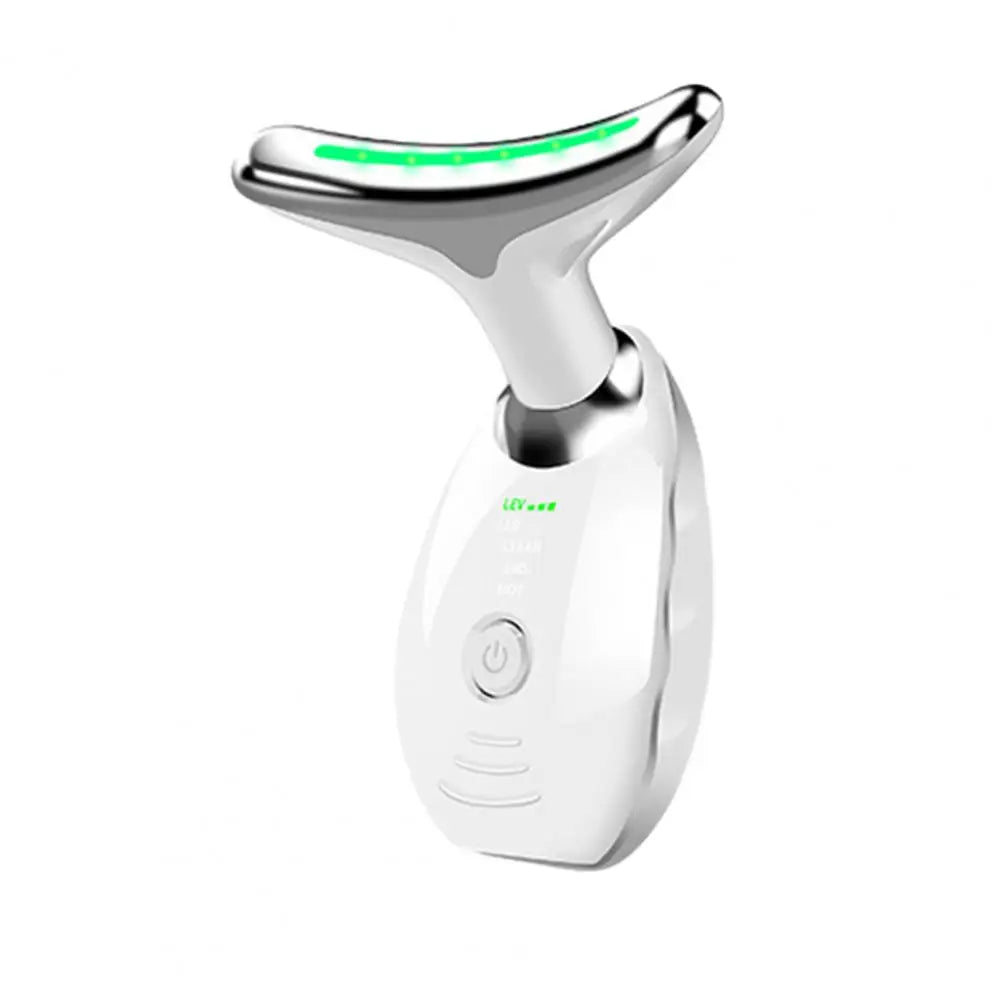
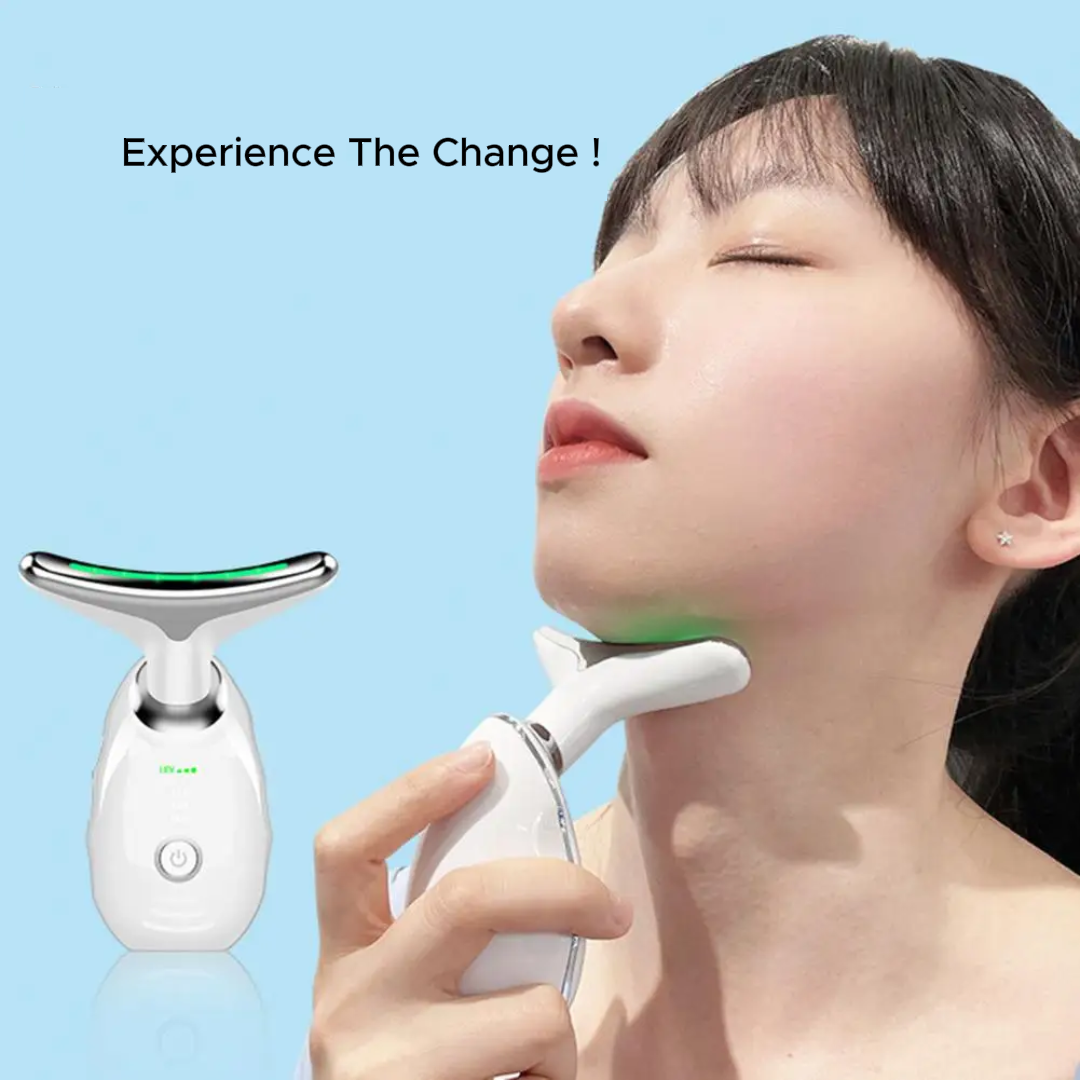
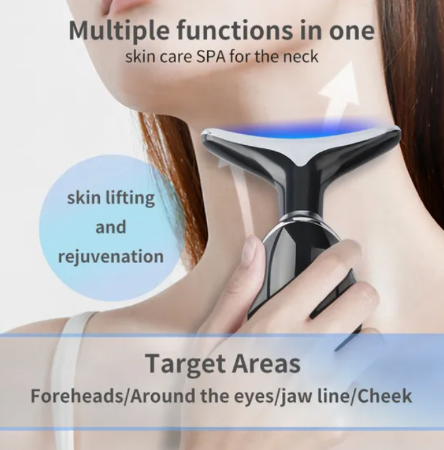
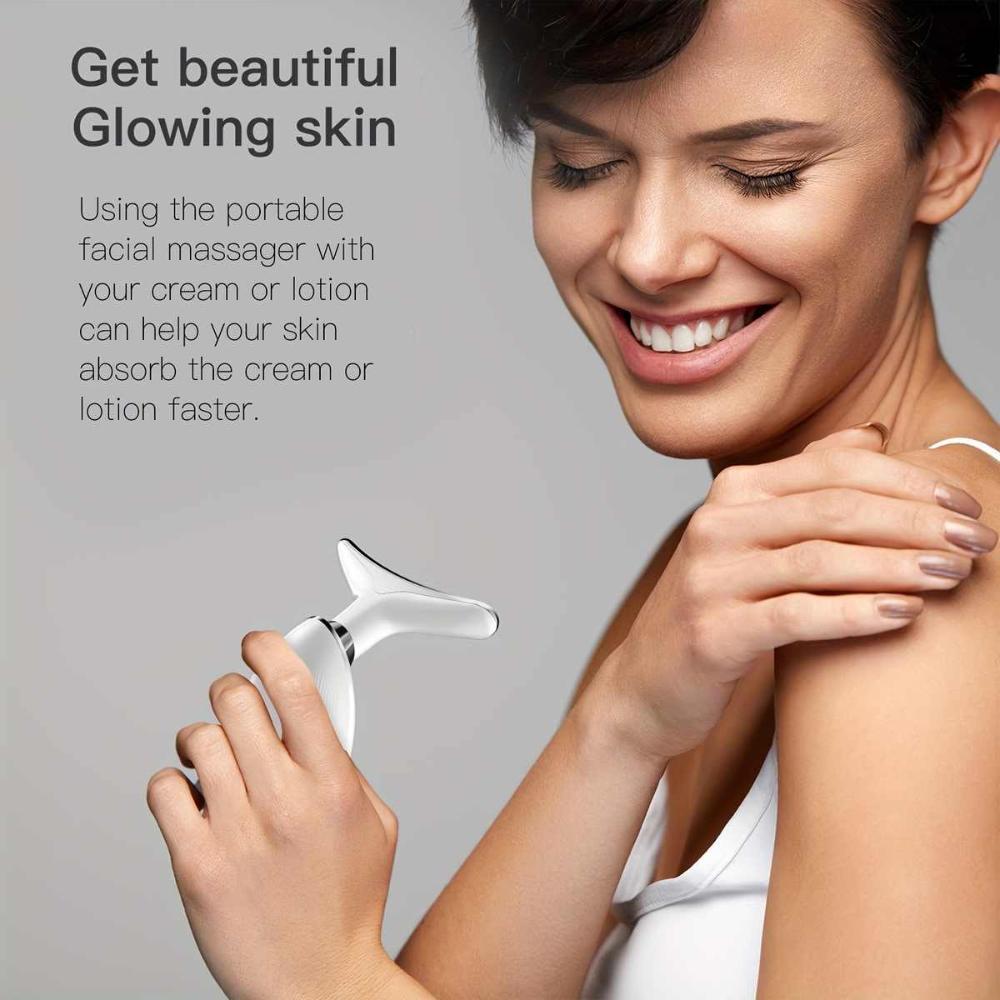
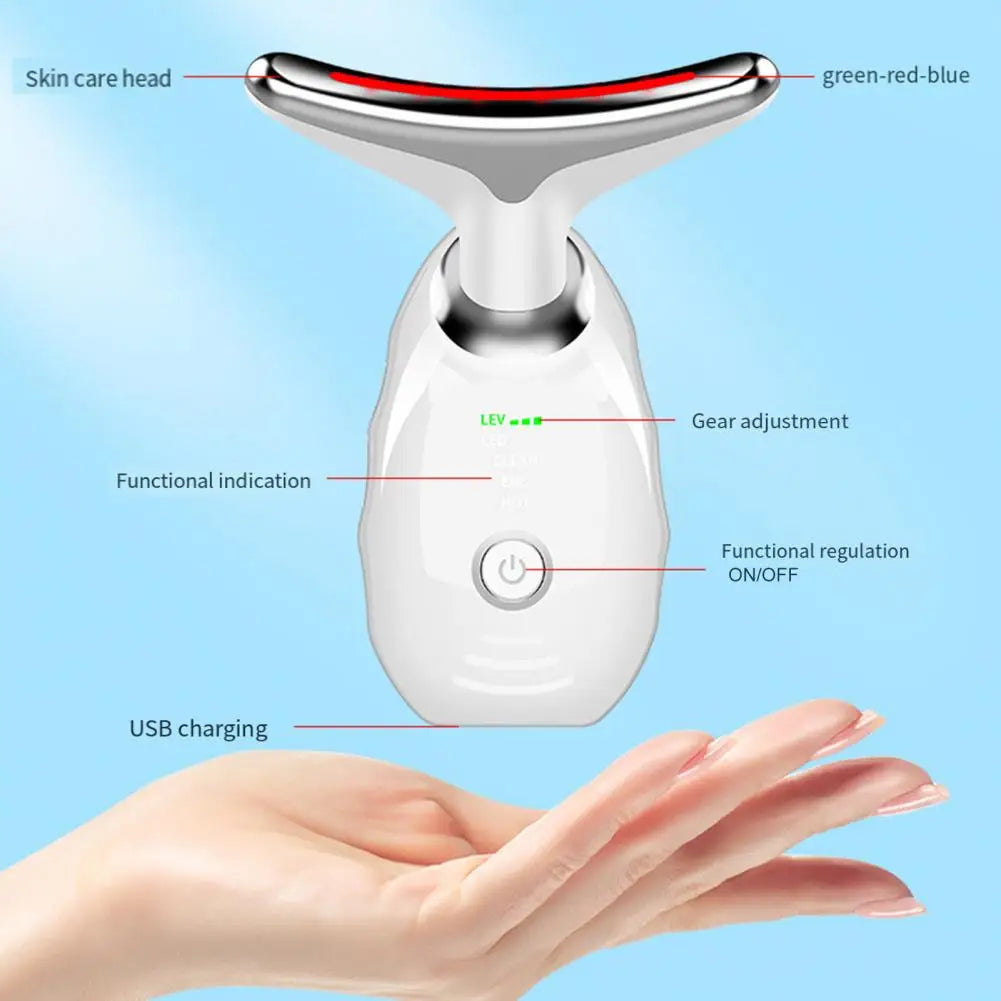
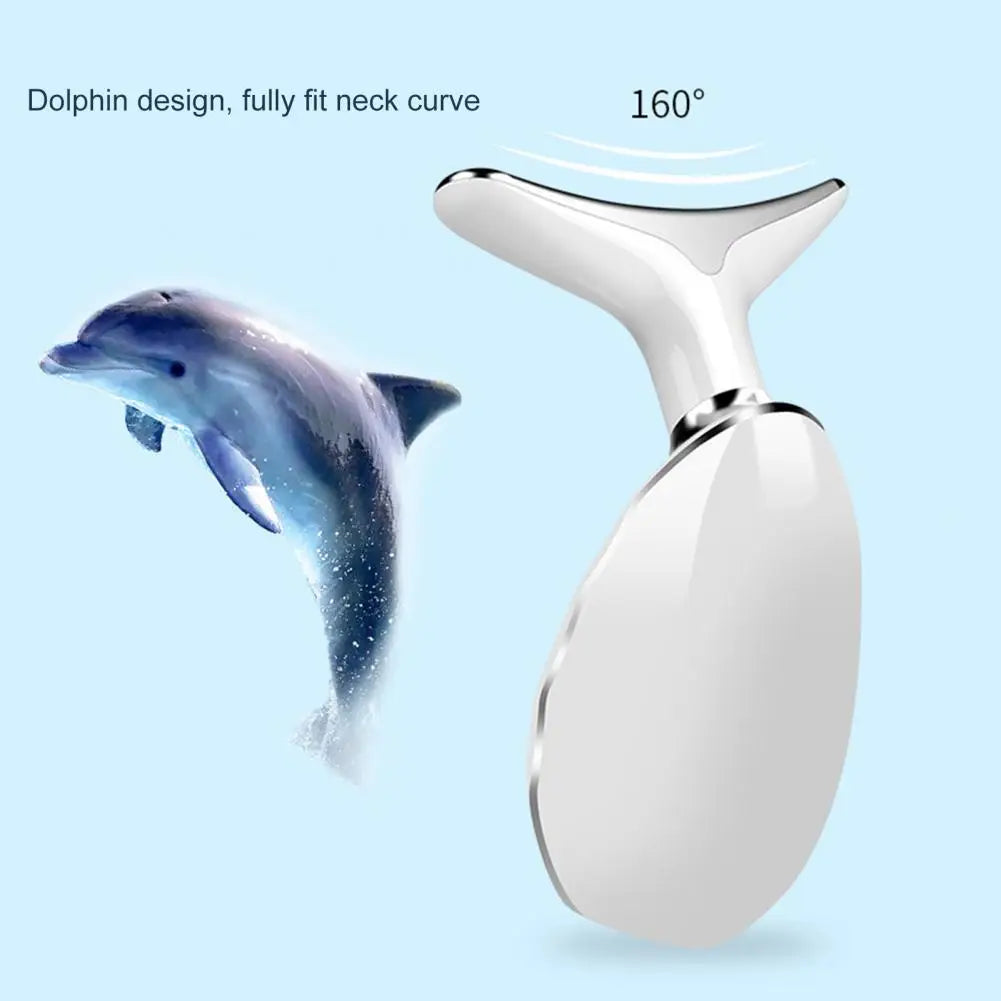
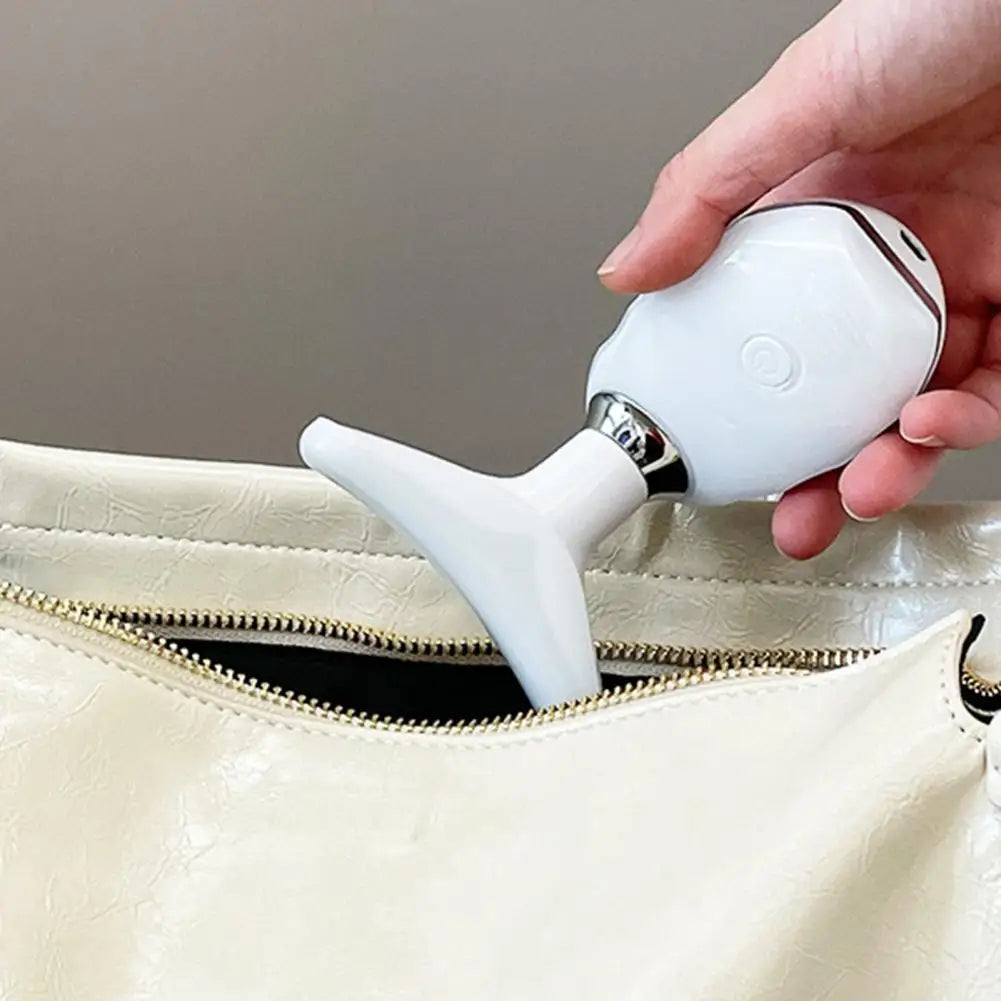
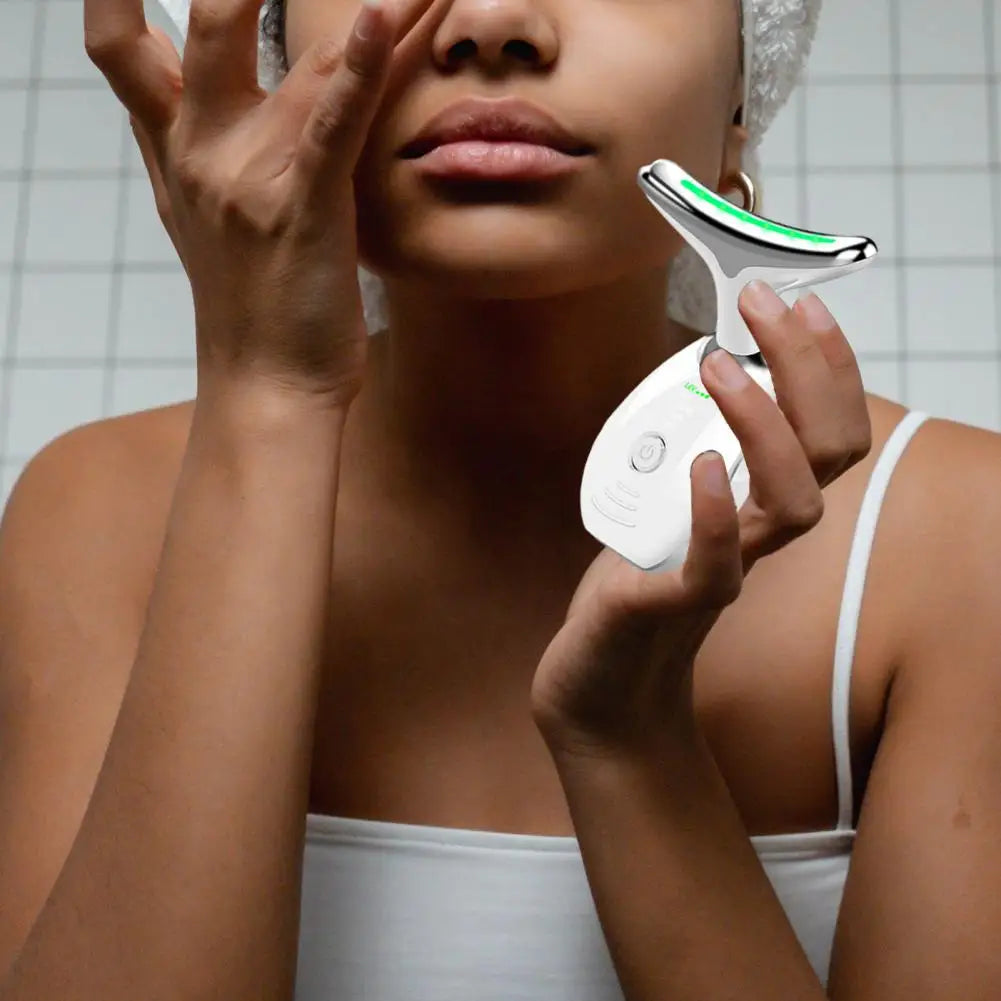
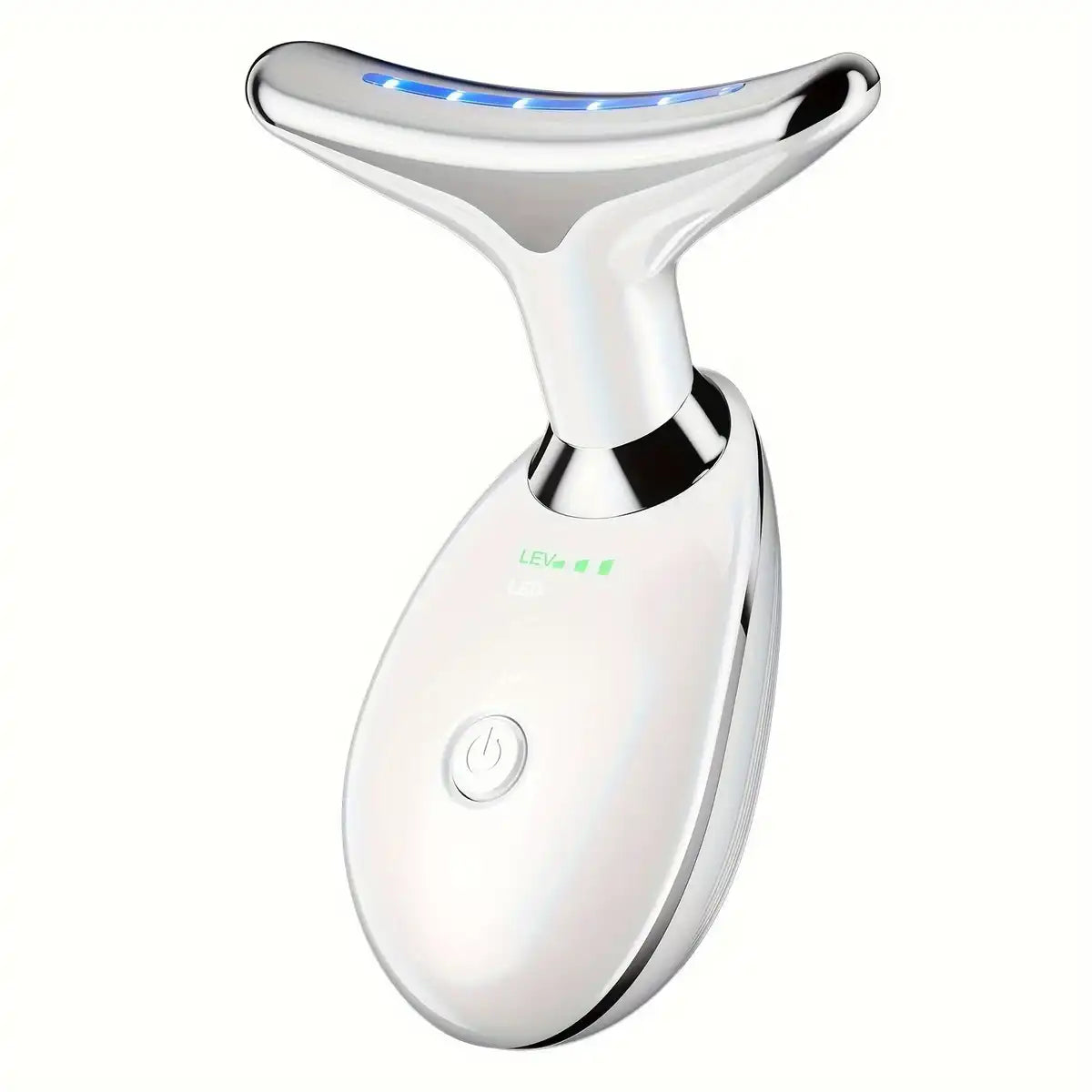
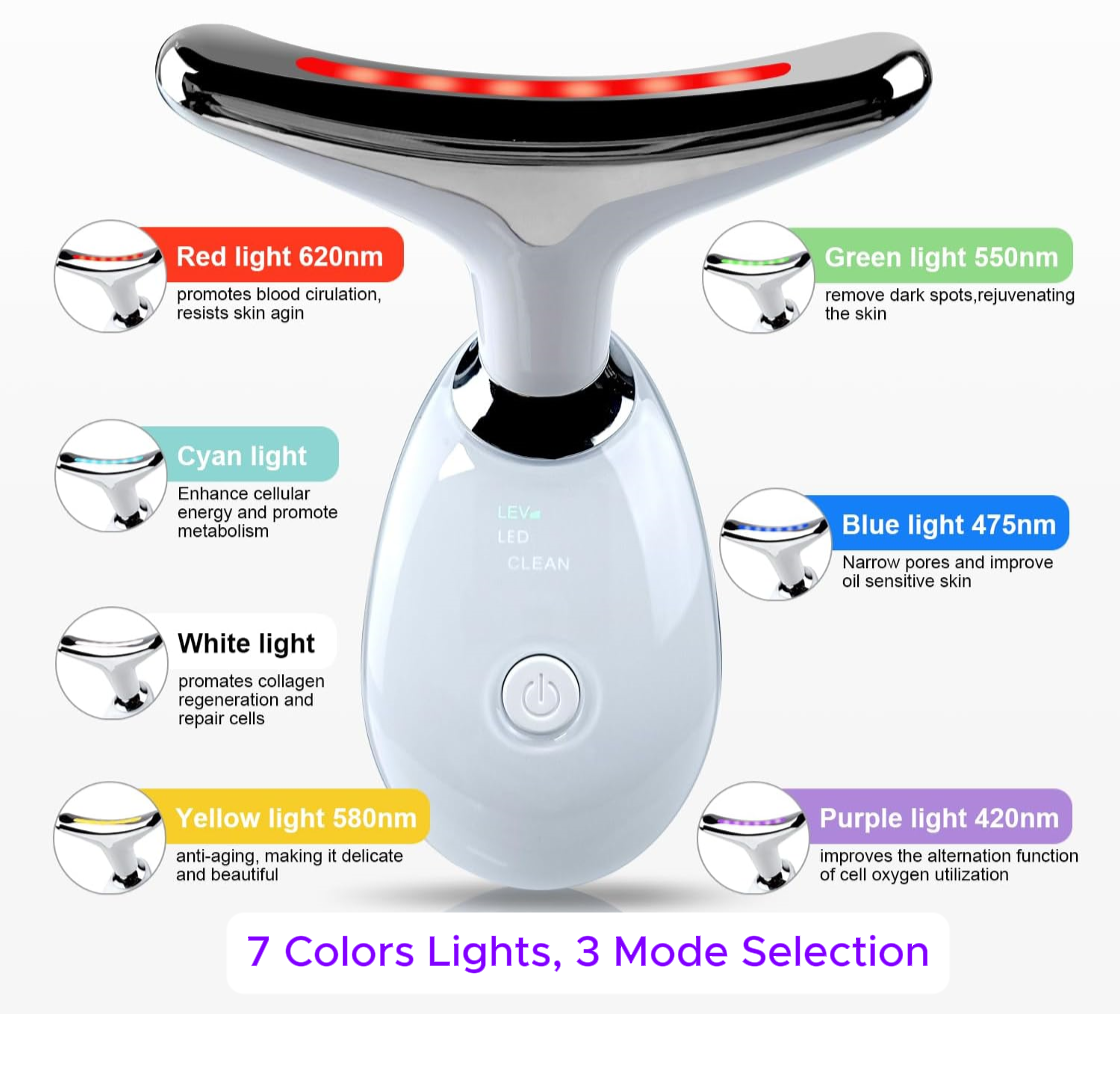

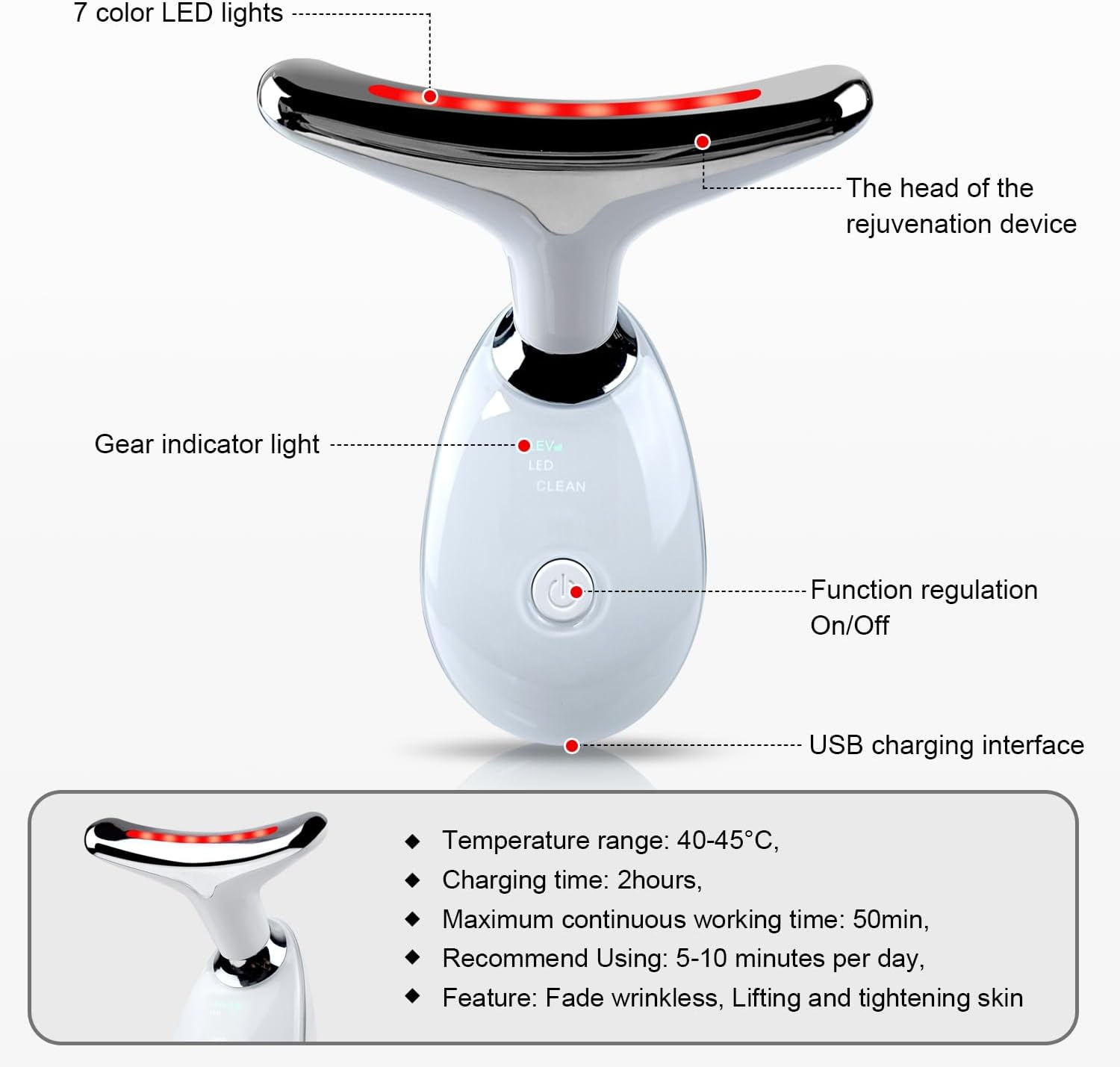
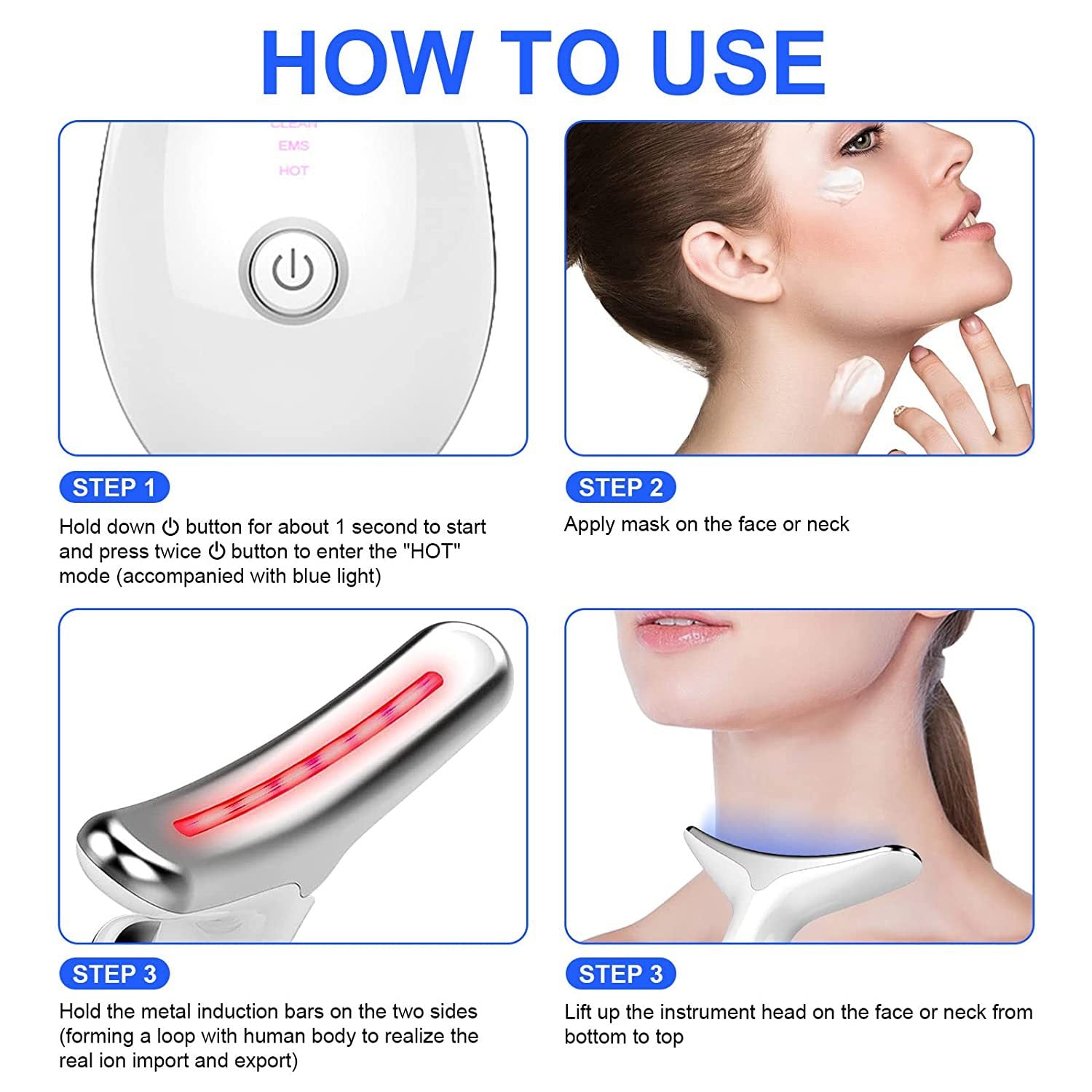
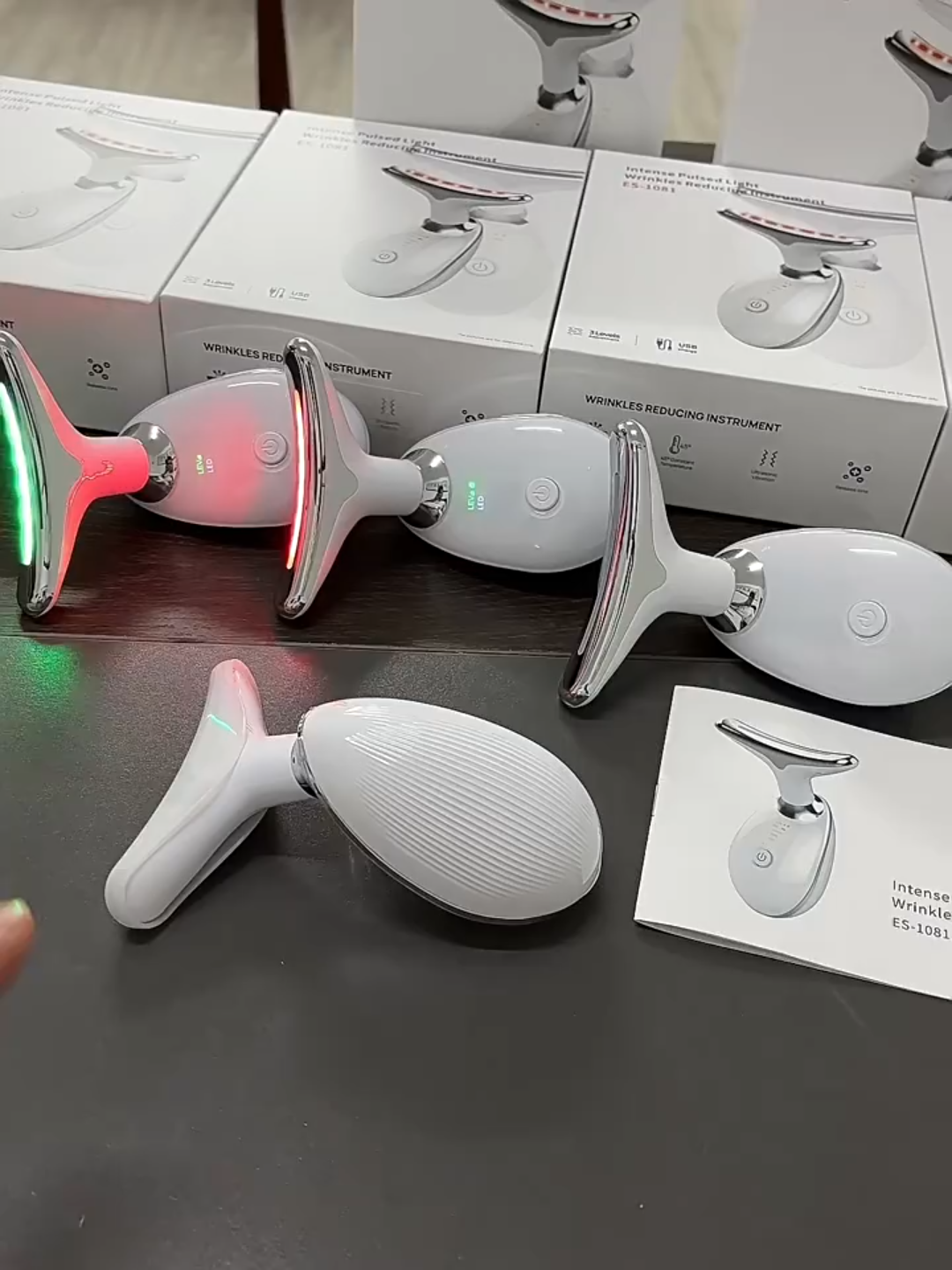
Product Details:
- Product model: ES-1081
- Gross weight: 270g
- Packing size: 163*135*58mm
- Charging method: USB (built-in battery, non-removable)
- Accessories list: charging cable, instruction manual
- Battery parameters: 3.7v/500mAh
- Product size: 89*47*120mm

Included Components:
- GIFT: Moisturizing Cream.
- Wrinkle Reducing Instrument.
- USB-C Charging cable.
- Device Cover.
- Instruction Manual.
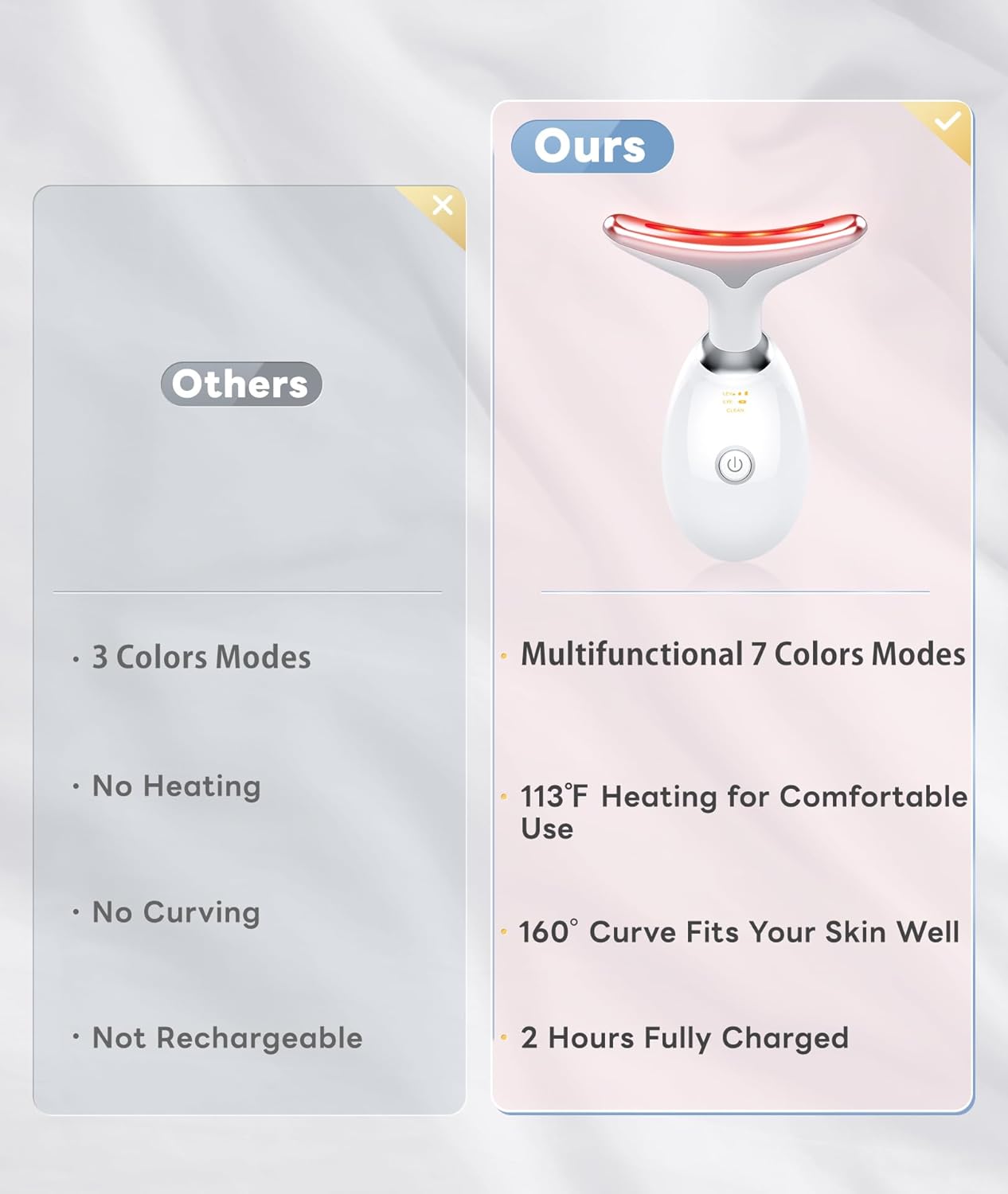
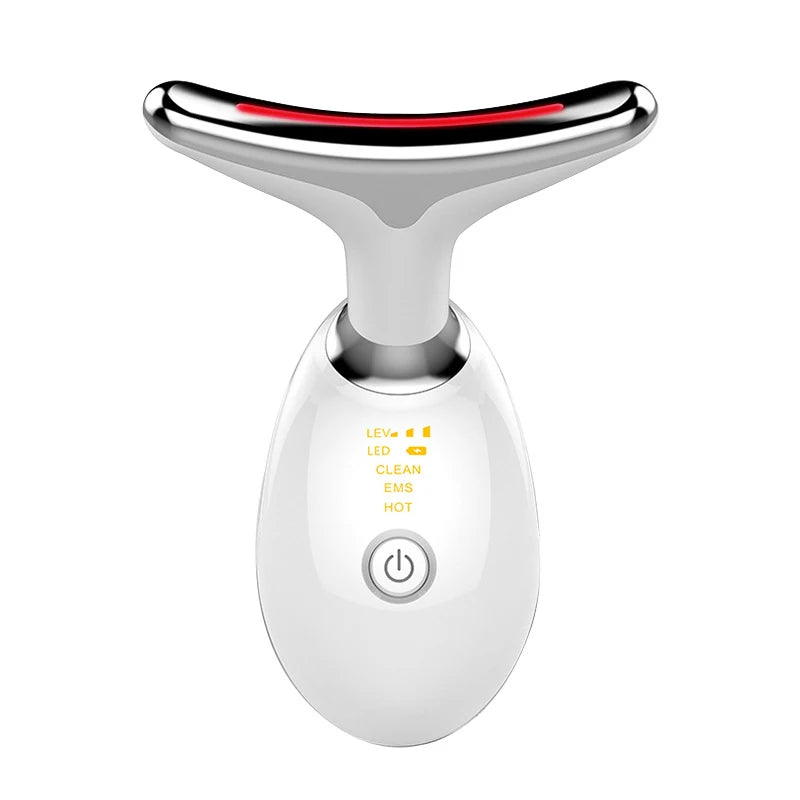
Real People, Real Results
Trusted by over 90% of users. Will it work for you?
- Reduces wrinkles and fine lines.
- Helps to improve skin elasticity.
- Treats acne.
- Reduces inflammation.
- Lightens dark spots.
- Accelerates wound healing.
FAQs & WARRANTY
1- Is light therapy safe?
Yes, light therapy is generally considered safe when used correctly. It’s commonly used for conditions like seasonal affective disorder (SAD), skin issues, and some types of pain relief. However, here are some important considerations for safe usage:
- Type of Light: The type of light used matters. Most devices for SAD use bright white light or blue light, while others for skin treatment may use red or infrared light. Always use a device designed for your specific need.
- Exposure Time: Using light therapy for too long or at the wrong intensity can cause side effects such as eyestrain, headache, and skin irritation. Following the manufacturer’s recommended time limits is essential.
- Eye Safety: Some forms of light therapy, like blue light, can be intense on the eyes. Avoid looking directly at the light source and use protective eyewear if recommended.
- Skin Sensitivity: People with sensitive skin or certain skin conditions should approach with caution, as overexposure might worsen irritation.
- Consultation: If you have a medical condition or are on certain medications that increase sensitivity to light, consult a healthcare provider before using light therapy.
Used correctly, light therapy can be a highly effective and safe treatment option for many people!
2- What color light therapy is best for wrinkles?
Red light therapy (RLT) is considered the most effective for reducing wrinkles. This color of light penetrates the skin more deeply than other colors, reaching the dermal layer, where it stimulates collagen production and encourages cellular repair. Here’s why red light works well for wrinkles:
- Collagen Boosting: Collagen is essential for skin elasticity, and red light therapy helps increase collagen production, reducing the appearance of fine lines and wrinkles.
- Improved Circulation: Red light increases blood circulation in treated areas, which helps deliver more oxygen and nutrients to the skin, aiding in cell regeneration and promoting a youthful look.
- Cellular Repair: The wavelengths of red light promote the repair and growth of skin cells, which can help to smooth and firm the skin’s texture over time.
Typically, wavelengths between 630 to 700 nanometers are used for anti-aging, as this range penetrates well into the dermal layers where collagen and elastin reside.
3- What color light reduces inflammation?
Red LED light therapy may reduce inflammation and stimulate the production of collagen, a protein responsible for younger-looking skin that diminishes with age. Blue LED light therapy may destroy acne-causing bacteria (P. acnes).
4- What is the principle of color therapy?
The principle of color therapy, also known as chromotherapy, is based on the idea that different colors of light can have specific therapeutic effects on the body and mind. Each color is believed to produce a different frequency and wavelength, which interact with the body in unique ways to promote physical, emotional, or mental balance. Here’s a closer look at the core principles:
- Frequency and Wavelength Effects: Different colors have varying wavelengths and frequencies. For example, red light has a longer wavelength and penetrates deeper into the skin, making it suitable for stimulating circulation and promoting healing, while blue light, with a shorter wavelength, works effectively on the skin’s surface to reduce inflammation and kill bacteria.
- Targeting Energy Centers: Color therapy aligns with the concept that the body has different energy centers, or chakras, each associated with a specific color and part of the body. For instance:
- Balancing the Body and Mind: Proponents believe that imbalances in energy can cause mental or physical discomfort, which color therapy aims to restore by using specific colors to balance these energies. For example, blue or green might be used to reduce stress, while yellow or orange might be used to uplift mood and energy levels.
- Scientific Applications: Modern applications of color therapy are seen in LED light treatments. Red and near-infrared light therapy, for instance, is used to stimulate collagen production, while blue light is commonly used in dermatology for its antibacterial and anti-inflammatory effects.
While scientific backing varies by application, color therapy is increasingly popular for its holistic, non-invasive approach to wellness and as a complementary therapy in wellness and mental health practices.
5- How long to use light therapy?
Recommended using: five to ten minutes in the early morning.
6- Does color light therapy work?
Often blue and red light are used in combination to help fight acne — the blue light targeting the C. acnes and the red light targeting inflammation and redness.
7- Why does color therapy work?
Chromotherapy provides colors to the electromagnetic body or the aura (energy field) around the body, which in turn transfers energy to the physical body. This makes chromotherapy the most effective among various therapies. When we speak of color, we mean energy waves.
8- What are the physical effects of color therapy?
For example, exposure to certain shades such as green and blue may mitigate stress by reducing blood pressure and heart rate, providing a calmness crucial for recovery. Similarly, colors like red are thought to invigorate the body, potentially assisting in tackling conditions related to low energy levels.
9- Is it too late for ma to start using LED Therapy?
It's generally not too late to start using LED therapy! Many people of various ages can benefit from it, whether they are looking to reduce wrinkles, improve skin tone, or address specific skin conditions like acne or rosacea.
10- Can I combine LED Light Therapy with other treatments?
Yes, you can combine LED light therapy with other treatments, and doing so can often enhance the overall results. Here are some common treatments that can be effectively paired with LED light therapy:
- Chemical Peels: After a chemical peel, LED therapy can help soothe the skin and promote healing. It can enhance the effects of the peel by stimulating collagen production and improving skin texture.
- Microneedling: LED light therapy can be used after microneedling to help reduce redness and inflammation, accelerate healing, and boost collagen production. The combination can lead to more significant improvements in skin texture and firmness.
- Topical Treatments: Applying serums or creams (like hyaluronic acid or retinoids) before LED therapy can enhance their absorption. The light can help these products penetrate deeper into the skin, maximizing their effectiveness.
- Facial Treatments: LED therapy can be used in conjunction with facial treatments, such as hydrating facials or anti-aging treatments, to boost results and promote a more radiant complexion.
- Acne Treatments: Combining blue LED light therapy with topical acne treatments can help kill acne-causing bacteria while also reducing inflammation and redness.
Things to Consider:
- Timing: If combining treatments, consider the timing. For example, if you use a chemical peel, it may be best to wait a few days before starting LED therapy.
- Consult a Professional: It’s always a good idea to consult with a dermatologist or licensed skincare professional to create a tailored treatment plan that suits your skin type and concerns.
- Monitor Skin Reactions: When combining treatments, pay attention to how your skin reacts. If you experience irritation or adverse reactions, adjust your routine accordingly.
Combining LED light therapy with other treatments can be an effective way to enhance your skincare routine and achieve better results!
I haven't really seen immediate results but can tell it is working
Nice 👌 works very good
It’s very relaxing! I haven’t used it long so I can’t really say much about if it firms or not but it sure does feel nice.
I haven’t really used this yet so I can’t really say anything about it but the delivery was fast!









